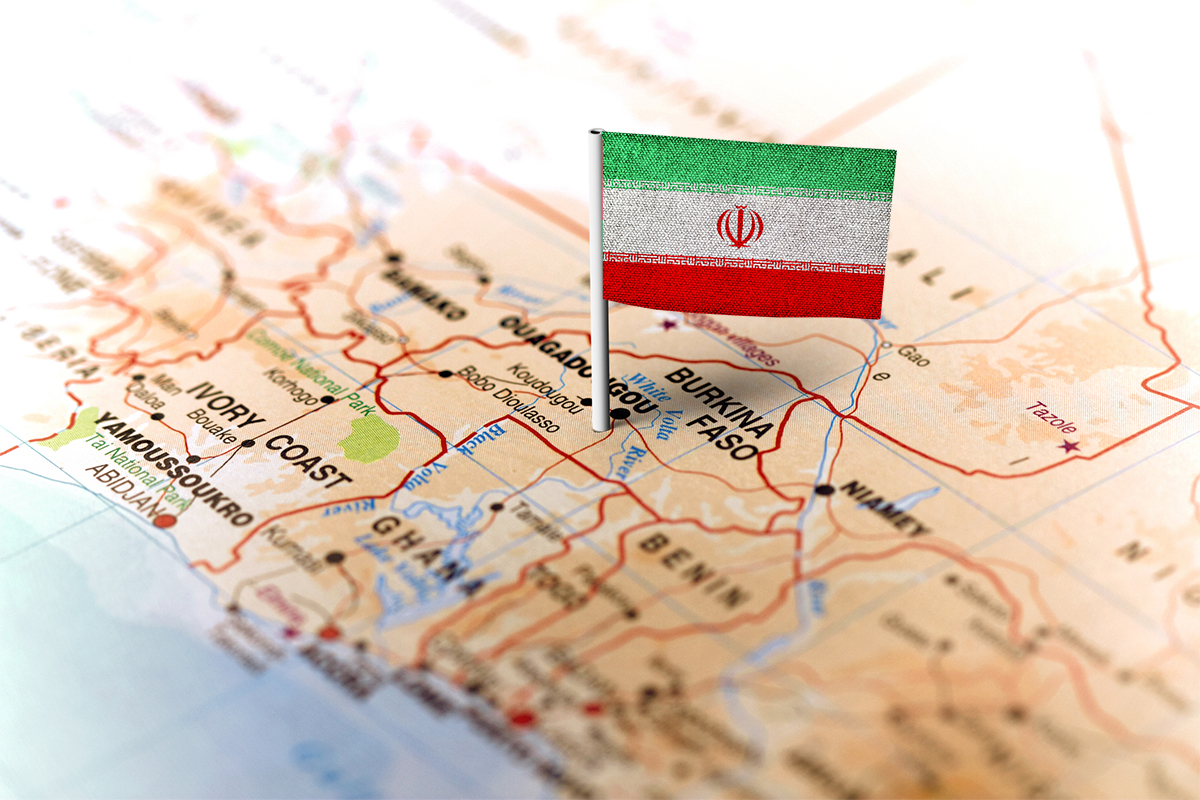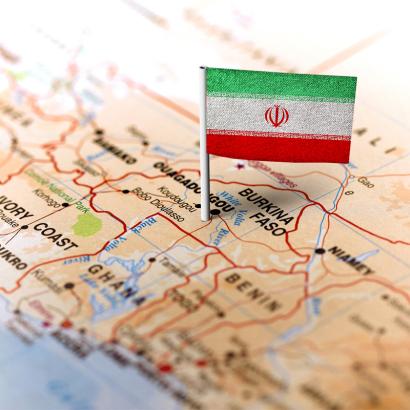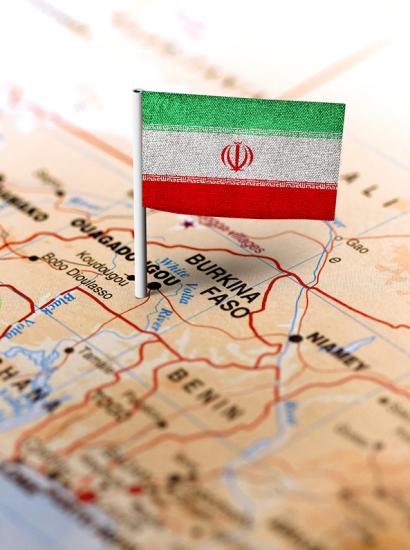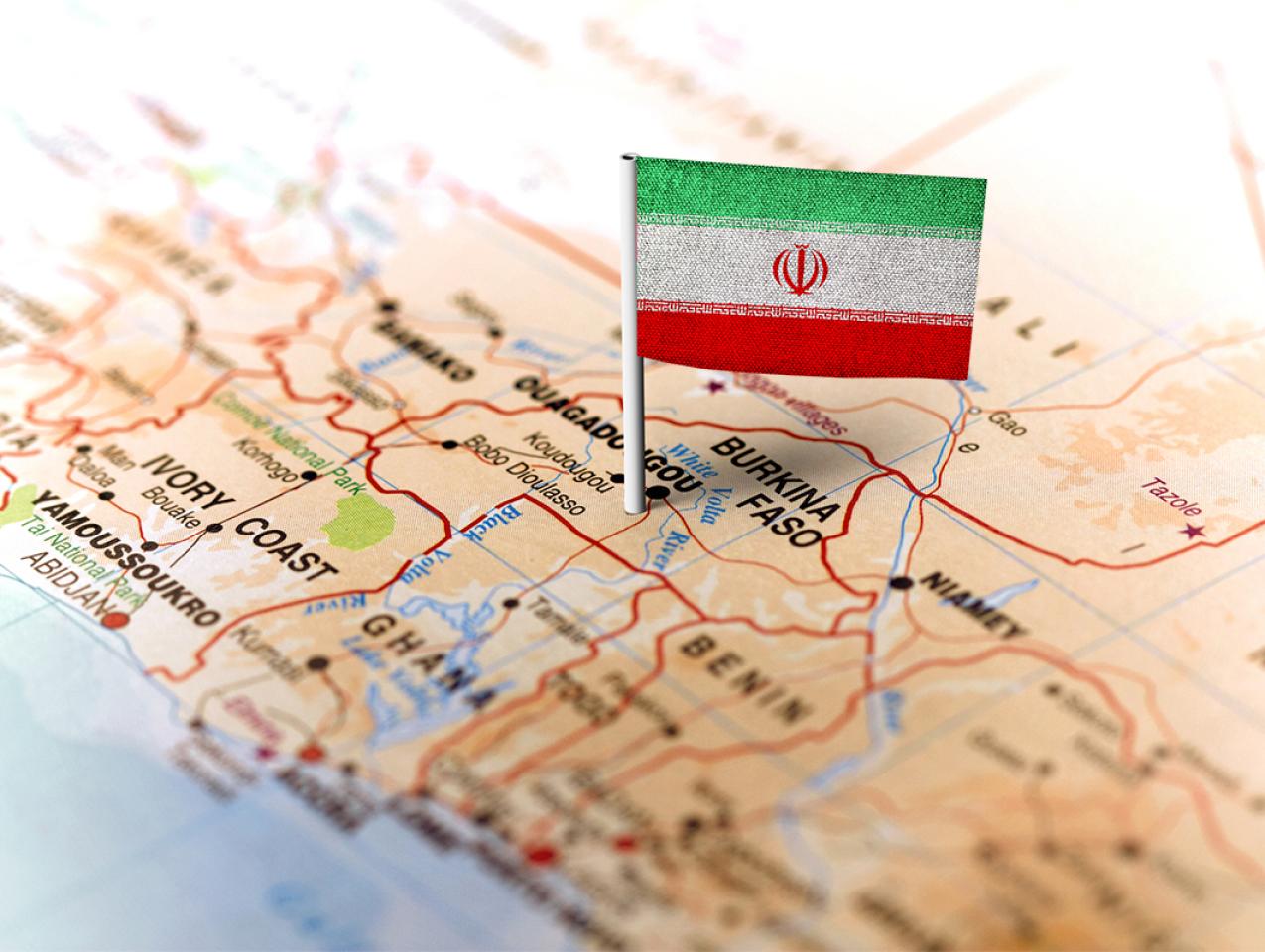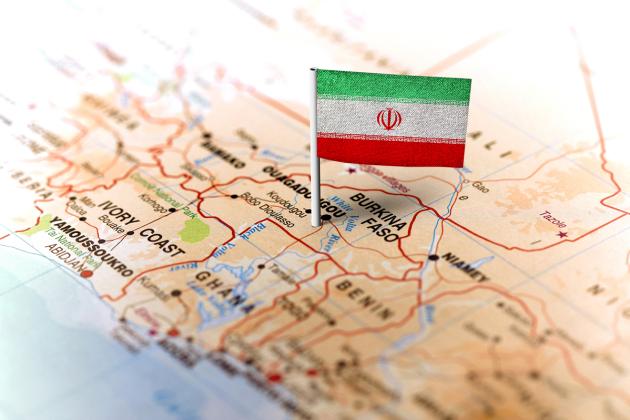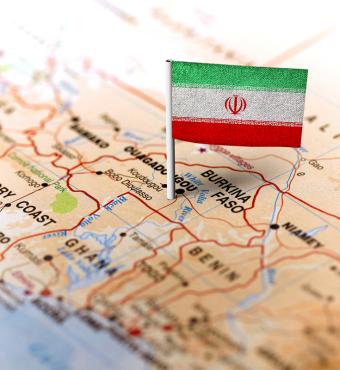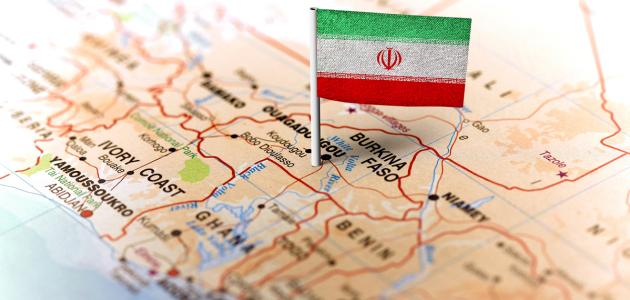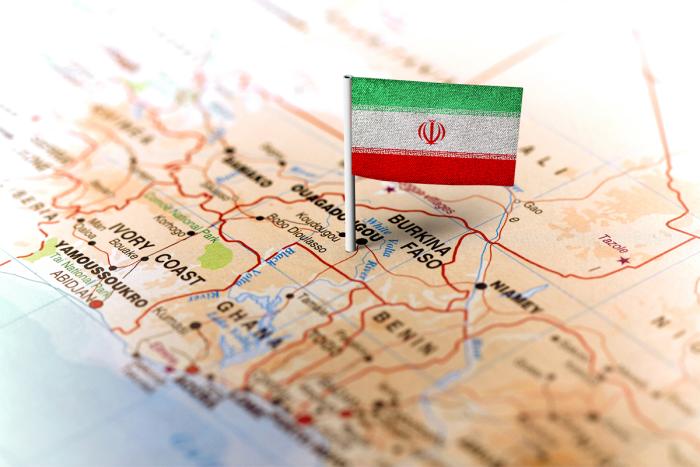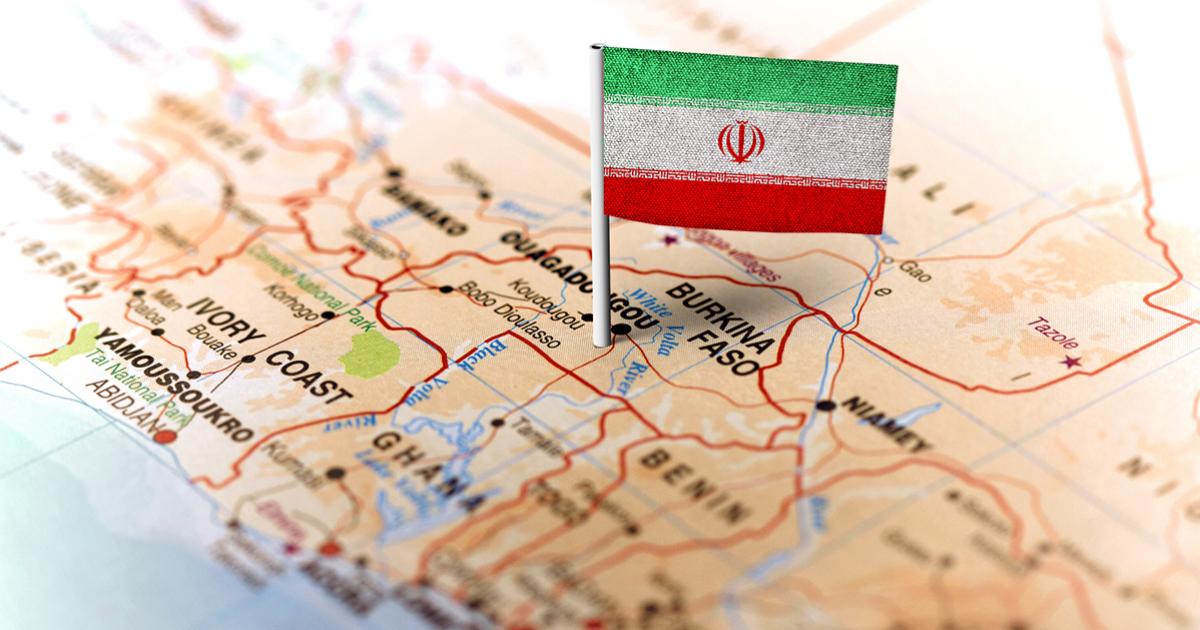- Middle East
- US Foreign Policy
- Determining America's Role in the World
Israel’s recent campaign against Iran scored three outsized gains. It decimated Iran’s long-range weaponry, demolished nuclear sites, and decapitated the military/scientific establishment. At the same time, American bombers cracked open ultra-hardened facilities, which Israel’s air force could not do.
But winning against an outgunned foe was the easy part. The “mullahcracy,” in power since 1979, remains in charge. And it could still restart its weapons program. So why not let Tehran’s victims topple it? President Trump posted on Truth Social: “It’s not politically correct to use the term ‘Regime Change,’ but if the current Iranian Regime is unable to MAKE IRAN GREAT AGAIN, why wouldn’t there be a Regime change???” Israeli Prime Minister Benjamin Netanyahu has chimed in. The enslaved nation, he said, will rise up against the “theological thuggery that has kidnapped your country.”
This is regime change on the cheap. Let those brave Iranians exorcise the demons, with a little discreet help from the United States. Experienced Middle East hands concur, laying out a low-risk program: “The United States should aid [the opposition] with financial backing and technological assistance.” No more of the tyranny, nukes, and Iranian imperialism that have tortured the region since the Khomeinist Revolution.
A dream deferred
Gone is the idealistic rhetoric that had animated American thought on the democracy-peace nexus since the early days of the Republic. In Democracy in America (1835–40), Alexis de Tocqueville, an adopted American sage, argued that popular rule equaled peace. In our days, Bill Clinton explained: “Democracies don’t attack each other.” The more of them, the better. “The defense of freedom requires the advance of freedom,” orated George W. Bush.
How have such convictions held up in real life? The short answer: not well—whether American power was deployed sub rosa or massively, whether by supporting regime foes from the outside or by wading in with overwhelming force, as in Iraq and Afghanistan.
This lackluster record raises three questions. Will sophisticated air power, as unleashed by Israel and the United States in June, trigger the collapse of the mullahs and help the good guys down the line? If so, will liberal forces prevail? Finally, will harmony reign in Iran and throughout the neighborhood?
American intervention as engine of democratic reform has worked only twice—in postwar Germany and Japan a lifetime ago, and then under conditions that can’t be duplicated today. Take a quick look in the rear-view mirror.
Fascism did fall, but it demanded millions of soldiers. Indominable force made “re-education” work because regime remnants had no chance. Just as decisive: the invaders stayed, protecting their wards from new threats like Stalin’s Soviet Union. (There are still US forces in Germany and Japan.) Guaranteed security allows democracy to sprout while thwarting the Pied Pipers. Plus, the victors embedded the vanquished mighty alliances: winners and losers are in the same club. So, why would anyone plot revenge, as the Germans had done after Versailles? The defeated nations of World War II could fall back on earlier democratic traditions. These are absent in Iran, as well as everywhere else in the region.
Such miracles have never materialized again. Recall the fiascoes of democracy export after the Second World War. In Iran in 1953, elements of the army, richly funded by the United States and the United Kingdom, toppled strongman Mohammad Mossadegh. They reaped the young shah, who went on to perfect autocracy. He would eventually assemble precursors of the bomb, starting with the Bushehr nuclear power plant in 1975 and continuing with the acquisition of projection forces. The mullahs took it from there—all the way to Fordow.
In the Iraq War of 2003, the Bush administration eliminated the butcher Saddam Hussein. It reaped not democracy but chaos, civil war, and the murderous “Islamic State,” which triggered renewed intervention from 2013 to 2017.
In 2011, a Western coalition bombed Libya. Its oppressor, Muammar Gaddafi, was killed by the rebels, but the unitary state is now a corpse as well—the victim of rival militias. In Afghanistan, the United States defanged the totalitarian Taliban. Ultimately, it gave up, and the Taliban were back.
Why this dismal record? The well-meaning saviors miscalculated by demolishing the ancien régime, giving the foes of freedom fresh opportunities. A perfect example is Iraq, where the United States dissolved both the army and the bureaucracy in 2003. The result was a power vacuum sucking in new bad guys.
Forever war, forever peace
Where institutions, even cruel ones, are dismantled, power struggles follow. The ballot box cannot withstand highly motivated, well-armed killers. Plus, occupiers lack legitimacy; this lets rebels mobilize hatred against the foreign masters.
Unlike in Germany and Japan, there is yet another scourge. In all these postwar cases, ethnic homogeneity, which breeds loyalty to the nation, was nil. Nationalities and tribes want out, so as to create their own states or statelets. In civil wars, democrats don’t win. Recall the fate of Russia’s one and only democratic regime in 1917. It took the Bolsheviks only three months to oust Prime Minister Alexander Kerensky. He was lucky to make it into exile in New York.
The moral of these tales? Good intentions come with a curse. Hence an iron law: whosoever wades in, must stay—and without an exit date.
But why would those saviors hang on when hard-core national interests are lacking? Think back to the decolonialization wars of the mid-twentieth century. Recall Ho Chi Minh, who expelled the French from North Vietnam: “You can kill ten of our men for every one we kill of yours. But you will lose, and we will win.” Why? Because the invaders can always go home. They will lose face, not a vital asset. Just as the French did in 1956, the United States bolted from Vietnam in 1973.
Regime maintenance, as in Saigon, is the flip side of regime change. Neither comes with fundamental strategic interests that justify the mounting costs. All told, regime change is not a “must” when compared to those strategic imperatives. For Israel, an expansive, nuclearized Iran poses an existential threat. Therefore, it will accept hardship and casualties to sustain the fight and go after Iran’s local proxies and its nuclear wherewithal. But the Israel Defense Forces as democracy instructor? That would be a bridge too far.
Failure in Afghanistan and Iraq have left their mark on the American mind: “don’t try again” is etched on it in capital letters. Trump does not even fantasize about marching into Iran. Netanyahu remembers the IDF’s abject withdrawal from southern Lebanon after eighteen years of occupation. Yet both now think that discreet help will turn Iran against its tyrannical regime.
The odds are stacked against even minimalist, indirect involvement. Start with a few thousand years of Persian history. Where emperors ruled with an iron fist, freedom could never sink roots. No memory of freedom, no tradition to build on. Also, as elsewhere in the Middle East (outside Egypt), Iran is not a nation-state but a pell-mell of ethnicities: Persians, Kurds, Azeris, Arabs, Georgians, and Baloch, notes Iranian-American writer Sohrab Ahmari. There is little national cohesion. If the state is disrupted, nationalities will seize the opportunity to go for their own states. Born in blood, these will hardly be democratic. And whoever grabs power by force will not yield it.
Finally, collapse sucks in ambitious outside powers like Iraq’s Saddam Hussein, who tried to partition Iran during the upheavals following the Khomeinist Revolution of 1979. The counterrevolution did not profit. Even in the midst of a murderous Eight Year
War (1980–88), Iran’s “supreme leader” went after the opposition. When the war ended in a draw, he crushed that opposition with ruthless cruelty.
Not a year has gone by without large protests. The largest was during the “Persian Spring” in 2009 and 2010. It was crushed, as were all subsequent uprisings all the way to the present. The regime’s surviving foes agitate from the safety of US exile. Despite isolation and impoverishment, let alone this year’s bombing campaign by Israel and the United States, the regime does not seem to crack. “Political power,” Mao famously lectured, “grows out of the barrel of a gun.” And the beleaguered system is armed to the teeth.
Stark necessity
Regime change pursued indirectly by the United States could not count on reliable allies who would rise and prevail. Nor, to repeat, would America want to repeat the debacles of Iraq or Afghanistan. But assume, against all odds, that Iran somehow fell apart under inside pressure. Think this through.
Topple strongman Mossadegh in 1953, and you reap the nastier Pahlavi regime. Ditch Mohammad Reza Pahlavi, as Jimmy Carter did to the shah in 1979, and you get Ayatollah Ruhollah Khomeini, a sworn enemy of the United States—followed by Ali Khamenei, who is reaching for Mideast hegemony all the way to the Mediterranean.
Now, assume the fall of the current “supreme leader” and his odious regime. The historical odds favor neither freedom nor tranquility. Far more likely is a bloody power struggle that will attract ambitious outsiders like Russia and China. Both are no friends of the United States, let alone lovers of democracy.
Philosophers make a simple point: “Every solution creates new problems,” sometimes even worse ones. That is the lesson of all failed interventions since the wondrous, and singular, triumph of democracy in Germany and Japan.
Noble intentions demand savvy and stamina, and the West is not very good at this game. How, then, to uphold its shiniest political principles like “government of, by, and for the people”?
Here is a practical approach to the problem of Iran.
Do what you do best, and stick to strategic necessity in the months to come. Go after Iran’s remaining nuclear assets and its cache of highly enriched uranium—unless the regime agrees to honest negotiations and reliable verification. Not all sites are out of action; the International Atomic Energy Agency’s head, Rafael Grossi, thinks uranium enrichment could resume in “a matter of months.” Iran’s missile force has been heavily damaged, but a postmortem assessment suggests two hundred launchers are still intact. After its humiliation, Tehran may even speed up weaponization in sites neither destroyed nor discovered.
The overarching strategic problem remains: keep the bomb out of Tehran’s hands. High-tech bombing, as shown by the American and Israeli feats, is easier than exporting democracy, whether by subtle support or brute force. Still, in a world of power politics, a reliably denuclearized Iran is both feasible and worthy. At least it promises one fewer deadly global threat.







